LEAVE A REQUEST
Just type your contacts
I agree to the Z&G.Branding Privacy Policy

PEST analysis (sometimes also called STEP analysis) is one of the classic ways to analyze the external environment of an enterprise. This method evaluates the company's environment in four different ways: political, economic, socio-cultural, and technological. This allows you to look at the situation from different angles and analyze what is happening in depth.
Stages of PEST analysis:
Stages of PEST analysis:

1. Identify factors that affect the company's operations, especially those related to making a profit.

2. Collecting information about these factors and forecasts for their changes

3. Identifying the significance of each factor

4. Matrix PEST analysis.
It should be remembered that the analysis should consider not only the current market situation but also its forecast for the next three to five years. This allows you to adjust the company's development strategy.
To get the most complete picture, do not limit yourself to your own opinion, find out what experts think about what is happening in the market, check the opinion of those who work directly with clients, find out what specialists in related fields think about the situation. Carefully study the available publications in the press, perhaps the foreign experience will be useful.
After identifying the factors that affect your business, divide them into four groups. Political factors include factors related to both the foreign and domestic policy of the country, as well as various legal acts that directly or indirectly regulate your activities. It is necessary to take into account whether the legislation will change in the near future, and what impact this might have on the company's activities. For instance, political factors include recently imposed sanctions that have affected many areas of the economy at once.
To get the most complete picture, do not limit yourself to your own opinion, find out what experts think about what is happening in the market, check the opinion of those who work directly with clients, find out what specialists in related fields think about the situation. Carefully study the available publications in the press, perhaps the foreign experience will be useful.
After identifying the factors that affect your business, divide them into four groups. Political factors include factors related to both the foreign and domestic policy of the country, as well as various legal acts that directly or indirectly regulate your activities. It is necessary to take into account whether the legislation will change in the near future, and what impact this might have on the company's activities. For instance, political factors include recently imposed sanctions that have affected many areas of the economy at once.

You should also consider:
- Degree of government intervention in your industry
- Level of corruption
- Stability of the existing government
- Main political trends.

It is necessary to assess the overall situation on the market, to do this, you need to answer the following questions:
- is a crisis or growth expected?
- how high is the unemployment rate?
- how do currency rates change?
- what is the average per capita income?
- how high is the inflation rate?
- what are the trends in the banking sector?

In this field it is necessary to outline:
The last group of factors is technological. The structure of the modern world is largely determined by the speed of technological progress. If you don't keep up with it, you may well be out of business. Of course, some industries are more technological and others are less, but everyone is affected.
- how the population size, racial composition, and gender and age characteristics change.
- cultural features
- the education level of the population and trends in its change
- social structure of society
- fashion trends in various fields, popular "memes", etc.
The last group of factors is technological. The structure of the modern world is largely determined by the speed of technological progress. If you don't keep up with it, you may well be out of business. Of course, some industries are more technological and others are less, but everyone is affected.

In this group, you need to pay attention to:
After determining the factors and entering them in the appropriate cell of the table, you need to evaluate their impact on a scale from 1 to 3.
1 — low impact, virtually no impact on the company's operations
2 — only significant changes in the factor affect the company's profit
3 — a high degree of influence, any changes have an impact on the company.
This assessment is subjective. Factors that do not affect the company are not included in the table.
After that, you need to get an expert assessment of the probability of changing the factor. Several people with direct experience in the industry should be invited as experts. The probability of a change is evaluated on a five-point scale, and the average score is calculated after receiving expert ratings. Then you need to calculate the overall average score by adding all the average scores.
- impact of mobile technologies on the industry
- impact of the Internet on the market
- innovations in the field, new technologies and materials.
- development of other information technologies
- the speed of development of scientific and technological progress in the country.
After determining the factors and entering them in the appropriate cell of the table, you need to evaluate their impact on a scale from 1 to 3.
1 — low impact, virtually no impact on the company's operations
2 — only significant changes in the factor affect the company's profit
3 — a high degree of influence, any changes have an impact on the company.
This assessment is subjective. Factors that do not affect the company are not included in the table.
After that, you need to get an expert assessment of the probability of changing the factor. Several people with direct experience in the industry should be invited as experts. The probability of a change is evaluated on a five-point scale, and the average score is calculated after receiving expert ratings. Then you need to calculate the overall average score by adding all the average scores.

Then the factor score is calculated, adjusted for weight. To do this, the average expert rating is multiplied by the degree of the factor influence, and the result is divided by the sum of the average expert rating points. The higher the coefficient obtained, the more influence should be given to this factor. Then fill in the summary table of the PEST analysis, in which the factors are specified in descending order of weight.

Then you need to specify the consequences of changing the factor and the actions that the company will take in this case to minimize the damage.
There are also various modifications of PEST analysis, the most popular of them are PESTEL, PESTELI, STEEP and LONGPEST. Usually, this advanced version of analysis allows you to analyze other aspects of the brand environment. So PESTEL also analyzes environmental (Environmental/Ecological) and legal ( Legal) factors in addition to standard ones. PESTELI adds the industry aspects of the market to the previous version. STEEP analysis is suitable for companies that want to analyze the ethnic (Ethical) aspects of the external environment. LONGPEST allows you to evaluate the impact of factors at the local, national, and global levels.
PEST analysis allows you to not only assess the current situation around the company and predict future changes. A high-quality PEST analysis is a basis for the company's anti-crisis plan.
There are also various modifications of PEST analysis, the most popular of them are PESTEL, PESTELI, STEEP and LONGPEST. Usually, this advanced version of analysis allows you to analyze other aspects of the brand environment. So PESTEL also analyzes environmental (Environmental/Ecological) and legal ( Legal) factors in addition to standard ones. PESTELI adds the industry aspects of the market to the previous version. STEEP analysis is suitable for companies that want to analyze the ethnic (Ethical) aspects of the external environment. LONGPEST allows you to evaluate the impact of factors at the local, national, and global levels.
PEST analysis allows you to not only assess the current situation around the company and predict future changes. A high-quality PEST analysis is a basis for the company's anti-crisis plan.
About Z&G.Branding
Customers
Geography of projects

110 cities & 8 countries
Our advantages:
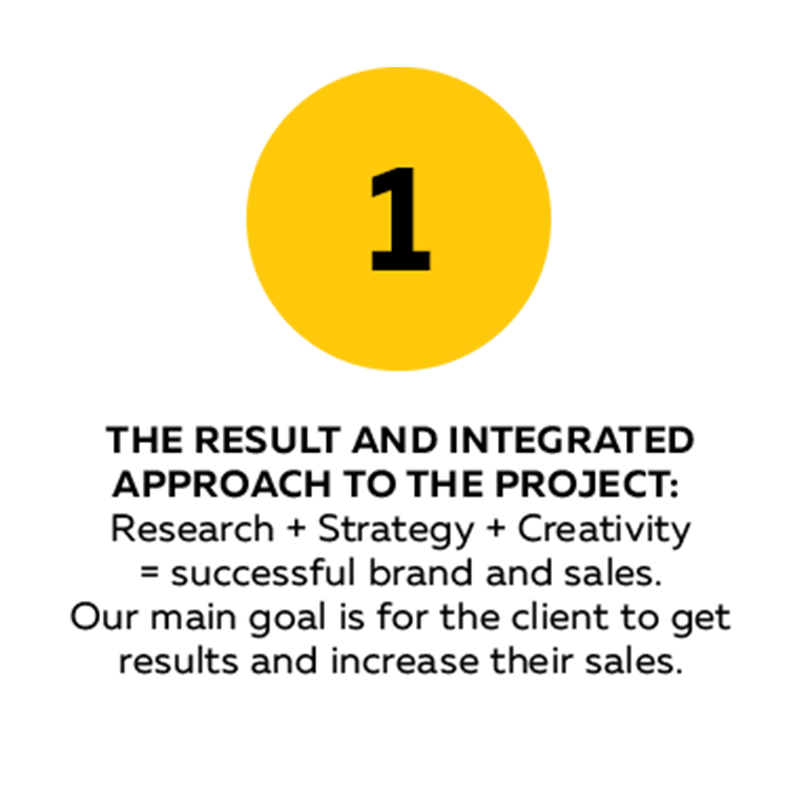

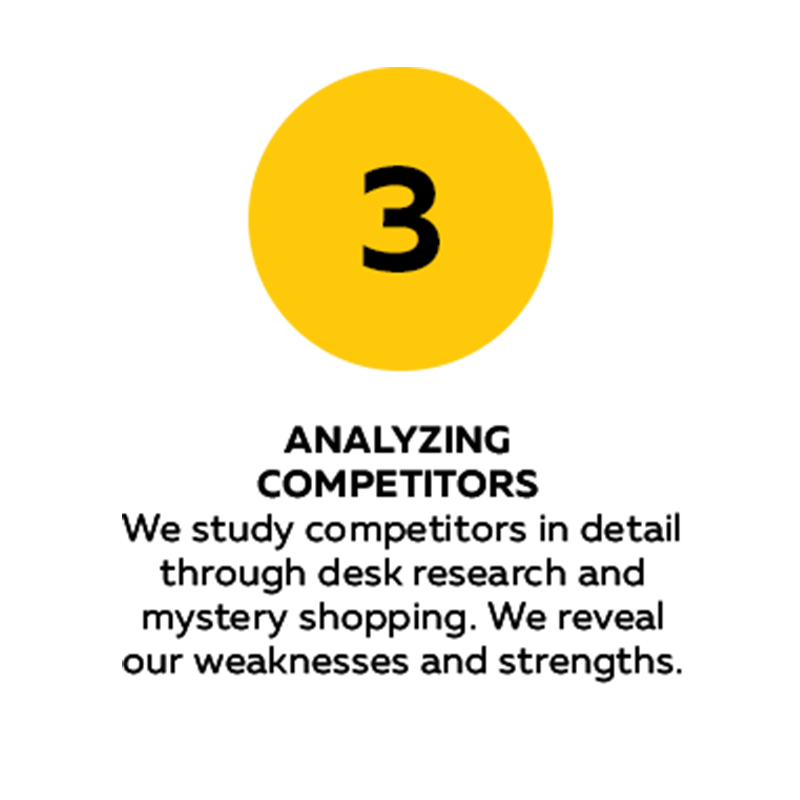
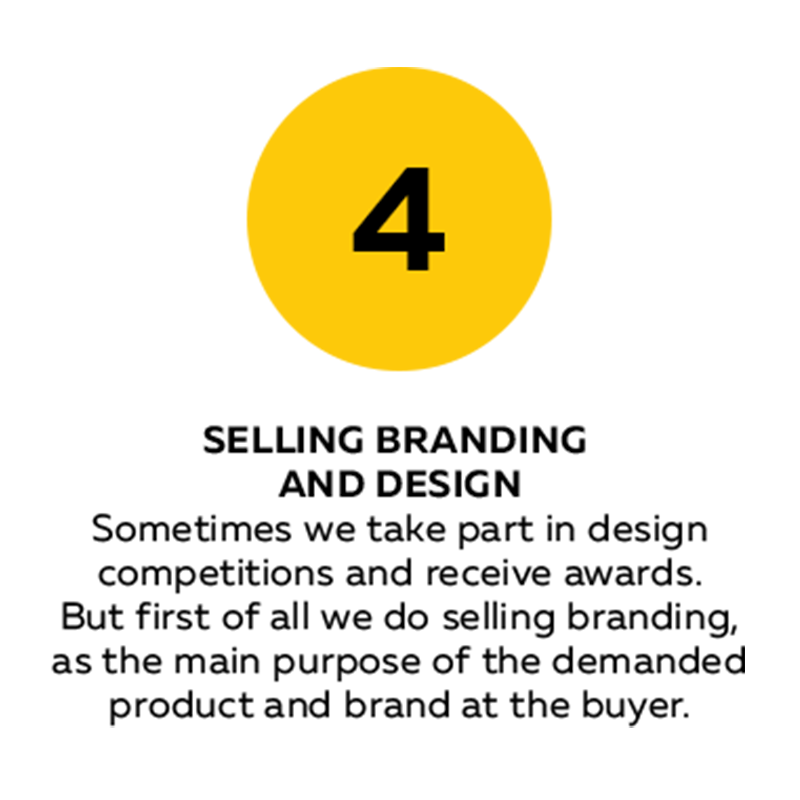
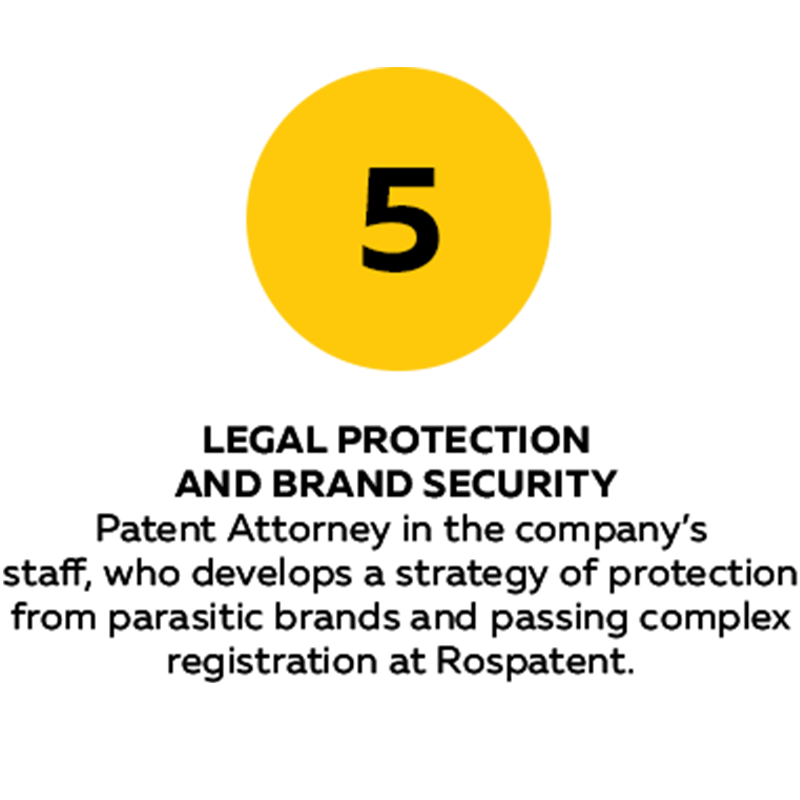

Video presentation
Our office
Feedbacks:
Awards:
Logolounge
2009, 2010, 2015
USA Authoritative world logo catalogue
2009, 2010, 2015
USA Authoritative world logo catalogue
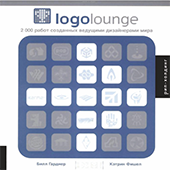
Idea
2009, 2014
Russia National Advertising Festival
2009, 2014
Russia National Advertising Festival
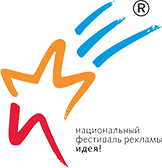
AdVision awards
2008, 2010 USA,
New York International Advertising Competition
2008, 2010 USA,
New York International Advertising Competition

Red Apple
2010
Russia International Advertising Festival
2010
Russia International Advertising Festival

Media about us:














